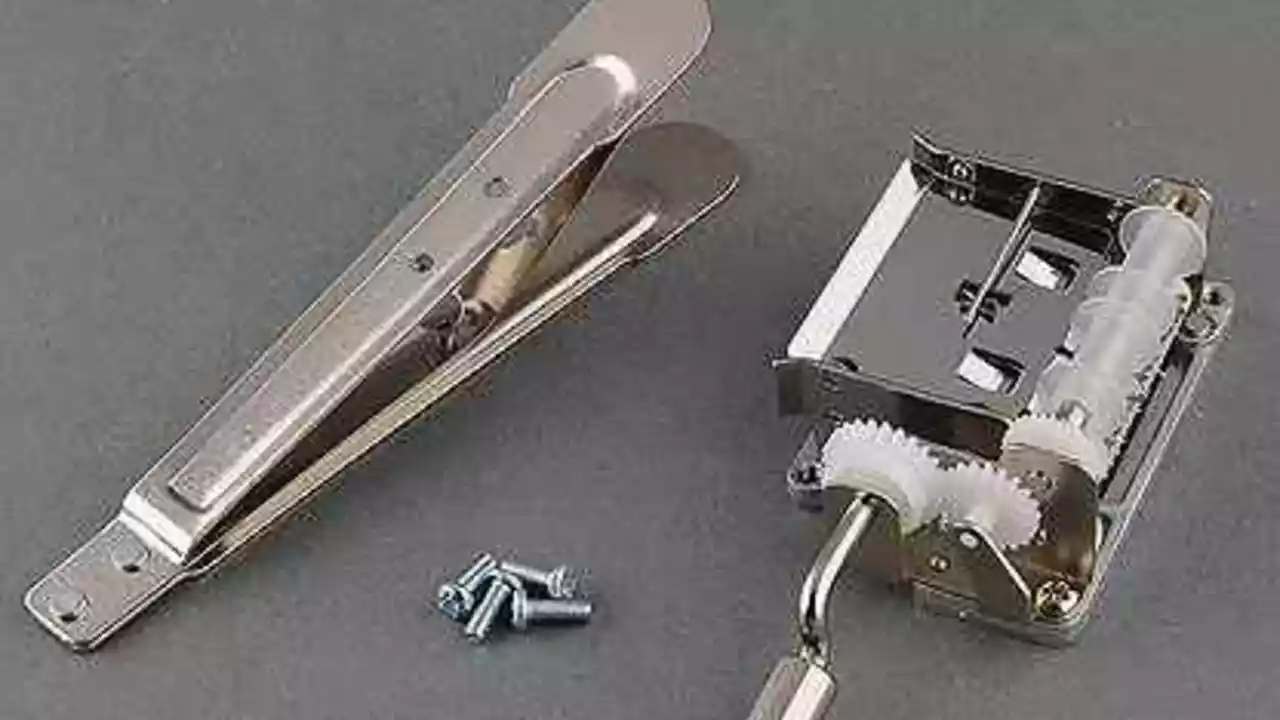
Understanding the Music Box
First things first, before diving headfirst into the art of fixing a spring for a music box, we need to grasp the basics. A music box is, in essence, a mechanical device that produces melodious sounds. It's like having an orchestra right in your living room. It's a symphony in a box. Quite captivating when you pause to think about it, isn't it?
The music box holds a deep-rooted history, originating in the 19th century -- the era of corsets and horse-driven carriages. Ah, I can almost hear the clip-clop of horse hooves. Just imagine the first music box being played, how magical must have been the moment! The magic is created by a set of pins placed on a revolving disc or cylinder which pluck the teeth on a steel comb. At the heart of this sweet music maker is the spring. The spring is essentially the heart of a music box, beating out the rhythm and making the magic happen.
The Care and Feeding of a Music Box Spring
Much like my majestic Maine Coon, Lyric, who demands constant care (and impressive amounts of cat food), your music box spring requires periodic servicing and love. Yes, love! Don't we all, after all? It's crucial to keep the music box spring lubricated to prevent it from getting rusty or, even worse, broken. Lubrication prevents wear and tear, thereby contributing to the longevity of your precious music box. Regular maintenance, such as spring check-ups, should be a part of your calendar, just like your cat's or dog's vet appointments.
Springing into Action: Identifying the Problem
So, your beloved music box has gone quiet. The sweet melodies that used to fill up your room have vanished leaving behind a haunting silence. What could possibly be the problem? Well, let's play detectives here (the Sherlock to your Watson, if you will) and find out. The usual suspect is our dear friend, the music box spring. If the spring is rusty, overloaded, or misaligned, the music box loses its melody. Identifying the problem is the first step to fixing it. Listen closely, observe keenly, your music box is trying to tell you something.
Can You Fix It? Yes, You Can!
Handling petite, fragile parts may seem intimidating at first, especially if it's your cherished antique music box at stake. Fear not, because there are straightforward steps you can follow in this process. With the right tools and a bit of patience, you can indeed bring back the music that once sparked joy into your life (and please, for the love of everything good, be gentle!).
Tools of the Trade
Behind every successful task is a set of proper tools. You don't need a lot: a good pair of tweezers, a small screwdriver set, the correct lubricant for your music box type, and a clean, soft rag will set you up for success. And remember, working with these delicate parts requires a delicate touch, just like the soft strokes Lyric demands during her grooming sessions.
Replacing the Spring Step by Step
Now we get to the fun part: getting our hands dirty (not literally, please, cleanliness is key!). Replacing the spring involves carefully detaching the broken spring, cleaning up the mess it might have created, and inserting a new one. This involves dealing with the music box carefully, understanding its intricacies, and treating it with respect it deserves.
Welcoming the Music Back
After working diligently on your music box, it's the moment of truth: winding it up and listening to the sweet sound it produces. There's nothing more gratifying than hearing the melody play out, clear and beautiful, knowing that you brought the music back to life. Just like a symphony, it strikes a chord with the heart.
Being a Music Box Hero: Handy Tips and Tricks
Last but not least, let's talk about a few tips and hacks that are good to know. Remember, each music box is unique, and not every remedy works for all. It's like feeding cats; while one may love fish, another could be a chicken fan (Looking at you, Lyric!). Always make sure you know what your particular music box needs.
So how does my own life apply to this you ask? Well, remember that Main Coon cat I told you about earlier, Lyric? She knocked my grandmother's antique Swiss music box off the table one day. Let's just say from that day forward, she earned her name Lyric, and I learned everything there is to know about fixing a music box spring!
Leave a comments